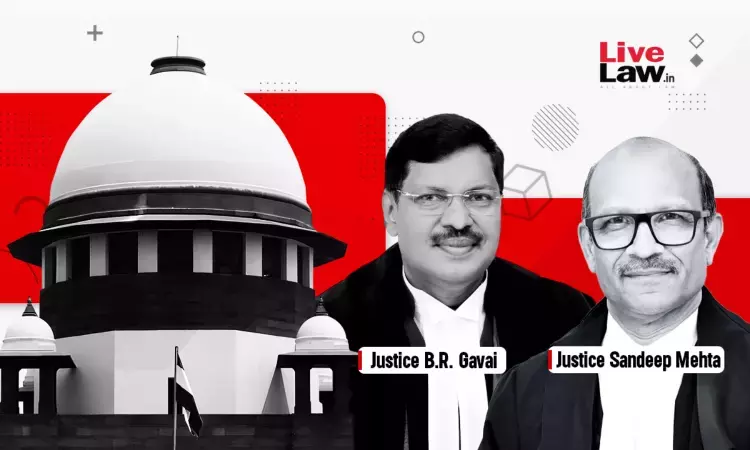The Supreme Court, while denying the plea of juvenility preferred by a convict in a murder case, observed that to determine age, ossification test stands last in the order of priorities. Pertinently, Section 94(2) of the Juvenile Justice Act 2015 provides for the mode of determination of age. As per this provision, priority should be given to the date of birth certificate. In the...

